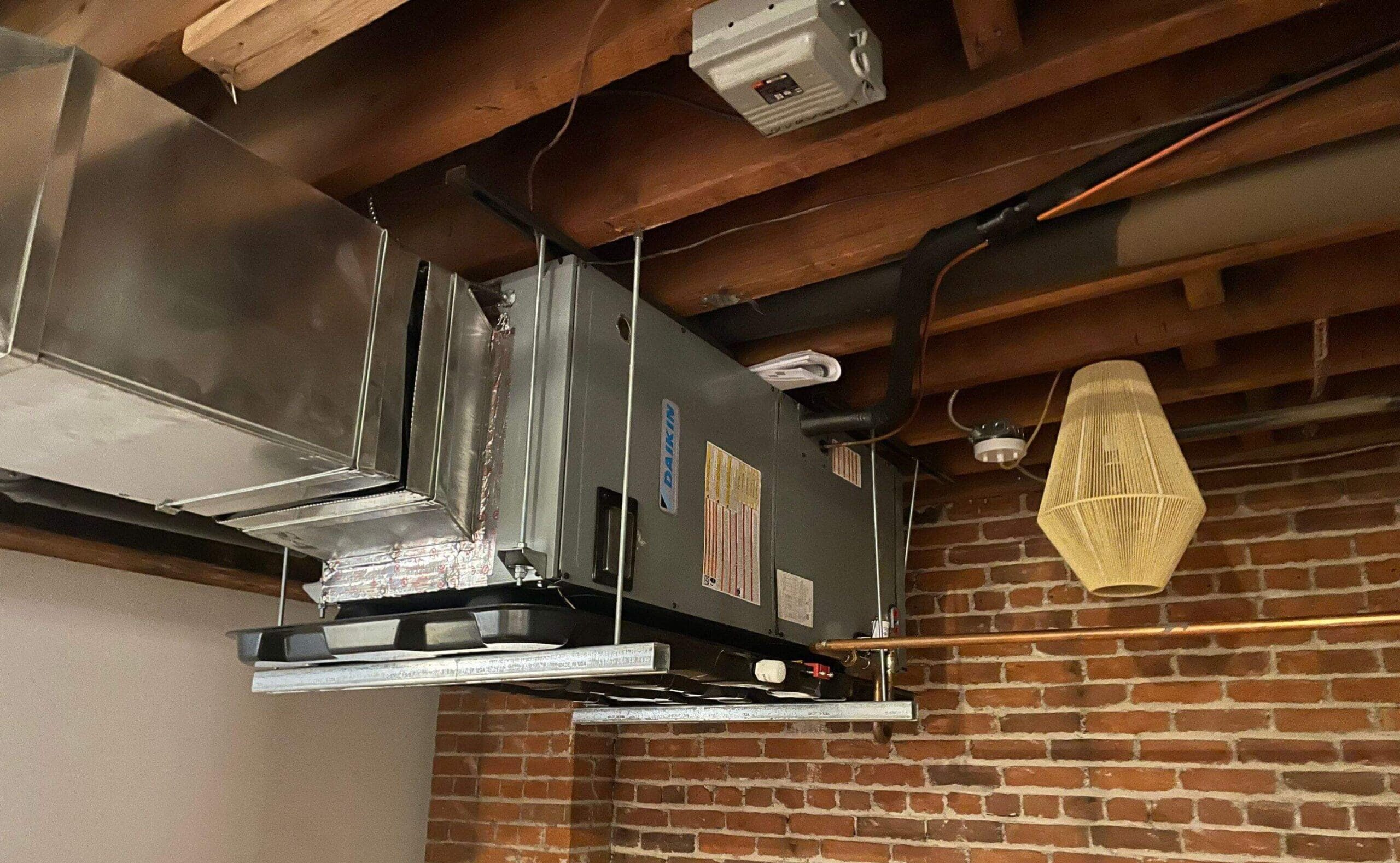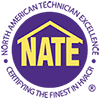
As the chill of winter sets in, ensuring your home’s heating system is in top-notch condition becomes a top priority. If you find yourself contemplating a furnace replacement, one of the most common questions on your mind is likely, “How much should this cost?” Understanding the factors that influence furnace replacement costs is crucial in making an informed decision and avoiding unnecessary financial surprises. In this blog post, we’ll delve into the key elements that contribute to the overall expense of furnace replacement.
Type of Furnace
The first factor influencing the cost of a furnace replacement is the type of furnace you choose. There are various types, including gas, electric, oil, and even newer, energy-efficient models like heat pumps. Each type comes with its own set of advantages and drawbacks, and the cost can vary significantly. Heat pumps, for example, tend to have a higher upfront cost but can be more energy-efficient in the long run, potentially leading to lower utility bills. If you choose a high-efficiency furnace, you will have a higher cost of installation due to modifying venting, adding condensate neutralizers, and installing condensate pumps over a standard 80% efficient unit. Further, high-efficiency fuel-burning appliances will likely have a higher maintenance cost. When opting for a dual-fuel gas furnace with a heat pump option, this cost will be much higher due to more expensive equipment, controls, additional electrical circuitry, and increased labor. However, energy consumption with these two above-mentioned options may be far less and offset the upfront investment over the lifespan of the equipment.
Furnace Efficiency
Furnace efficiency is measured by its Annual Fuel Utilization Efficiency (AFUE) rating. AFUE represents the percentage of fuel a furnace converts into usable heat. Higher AFUE ratings generally indicate better energy efficiency. While more efficient furnaces may have a higher initial cost, they often result in lower energy bills over time. Understanding your region’s climate and the long-term savings associated with a high AFUE rating can help you determine the most cost-effective option for your specific needs.
Installation Complexity
The complexity of the installation process plays a significant role in determining the overall cost of furnace replacement. Factors such as the accessibility of the installation site, the need for ductwork modifications, and the size of the space being heated can impact the labor required. If your home requires extensive modifications or if the installation is particularly challenging, you can expect higher installation costs. For example, a quality HVAC contractor will check the static pressure of your existing duct system. Often, poor static pressure could cause a condition that will affect the longevity, efficiency, and comfort of your new investment. Therefore, a quality contractor will recommend modifying the ductwork to provide the equipment with the proper airflow to meet the manufacturer’s requirements. Skipping this critical step could also mean forfeiting the manufacturer’s warranty. Another example of a site condition that would add cost to the installation would be if the equipment is located in an area such as a crawl space or attic.
Brand and Model
The brand and model of the furnace you choose also contribute to the overall cost. Established brands with a reputation for reliability and energy efficiency often command higher prices. Another factor that can contribute to the cost is the length of the manufacturer’s warranty. However, it’s essential to strike a balance between quality and budget. Additionally, costs between different models may be relative to the features of the equipment; efficiency, staging (does the unit have multiple stages, is it a modulating piece of equipment, etc.). These features may provide significant benefits to efficiency or the level of comfort. On the opposite side of the equation, perhaps your application would not benefit from said features; a quality contractor will help guide you through this process. Researching customer reviews, energy efficiency ratings, and warranty offerings can help you make an informed decision that aligns with both your needs and your budget.
Local Labor Rates
Labor costs for furnace replacement vary by location due to differences in living expenses, demand for HVAC services, and local regulations. Obtaining multiple quotes from reputable local contractors can give you a better understanding of the average labor rates in your area. While it may be tempting to choose the lowest bid, it’s crucial to consider the contractor’s reputation, experience, and customer reviews to ensure a high-quality installation. Last but not least, are you getting a true warranty, or a tail-light warranty? The one-man band may say, “See you after my next hunting trip!” While you may have saved even $1,000 on that installation, when your contractor is nowhere to be seen in your time of need, repair costs may exceed your original savings. It is important to weigh these options when choosing the correct company or contractor. Items that should be at the top of your list when choosing a contractor are after-hours support, labor warranty, and ensuring the size of their workforce isn’t going to leave you in the cold or susceptible to high repair bills when they go on vacation.
Additional Components
In some cases, a furnace replacement may require additional components or upgrades. For example, if your existing ductwork is undersized or oversized for the new furnace, you may need to invest in ductwork modifications. Similarly, upgrading your thermostat to a programmable or smart model can enhance energy efficiency but adds to the overall cost. It’s essential to discuss potential additional expenses with your HVAC contractor upfront to avoid surprises.
Code Compliance
Contrary to popular belief, the International Mechanical Code was created and is maintained/updated to ensure that your family stays safe in relation to your HVAC system. Often, a cheaper quote may not be coming from a licensed contractor. Furthermore, many licensed contractors think that permitting is an option. This is not only negligent but could be putting your family in harm’s way. The process of permitting and inspection ensures the homeowner that life/safety aspects of an installation meet the minimum standards. When researching a contractor, it is imperative that you identify these requirements are met. Skimping on permitting and inspection is like not buckling your kids into their car seat. Furthermore, the jurisdiction your job is permitted in can also greatly affect the cost of the job. For instance, Boulder County costs nearly 3x what other jurisdictions charge for a standard boiler/furnace replacement.
So, How Much Does It Cost For a Furnace Replacement In Colorado?
Determining how much your furnace replacement should cost involves considering a multitude of factors, each playing a crucial role in the overall expense. By understanding the type of furnace, its efficiency rating, installation complexity, brand and model, local labor rates, and potential additional components/code corrections, you can make a more informed decision tailored to your specific needs and budget. A furnace replacement in Colorado can range between $5,000 to $12,000+ depending on the variants mentioned above.
Ultimately, consulting with reputable HVAC professionals, obtaining multiple quotes, and researching your options can empower you to make a decision that not only meets your immediate heating installation needs but also proves to be a wise investment in the future comfort and efficiency of your home. If you are interested in discussing a furnace replacement for your home in Colorado, contact Vectra Mechanical HVAC, Electrical, and Plumbing by clicking here or give us a call today!



